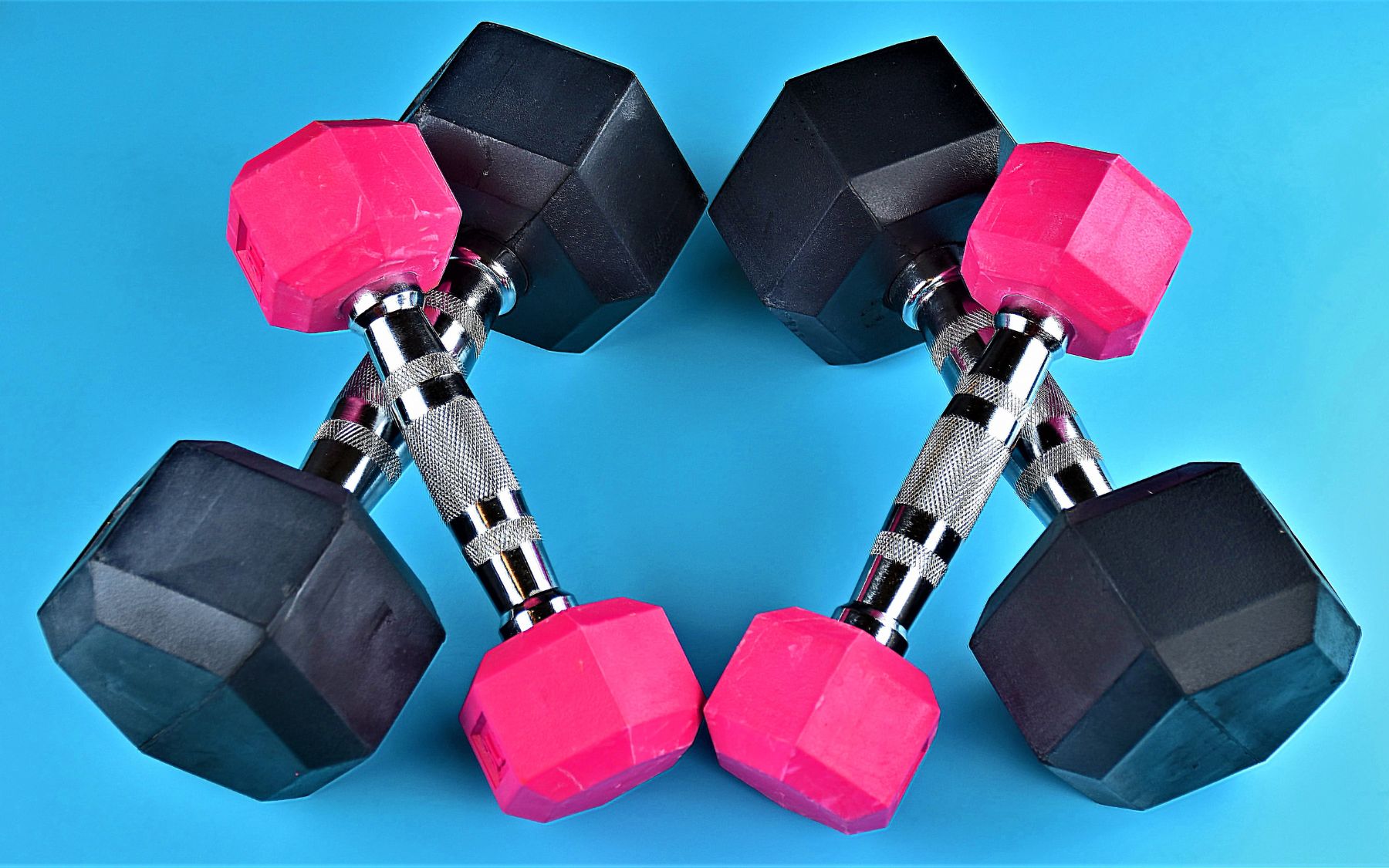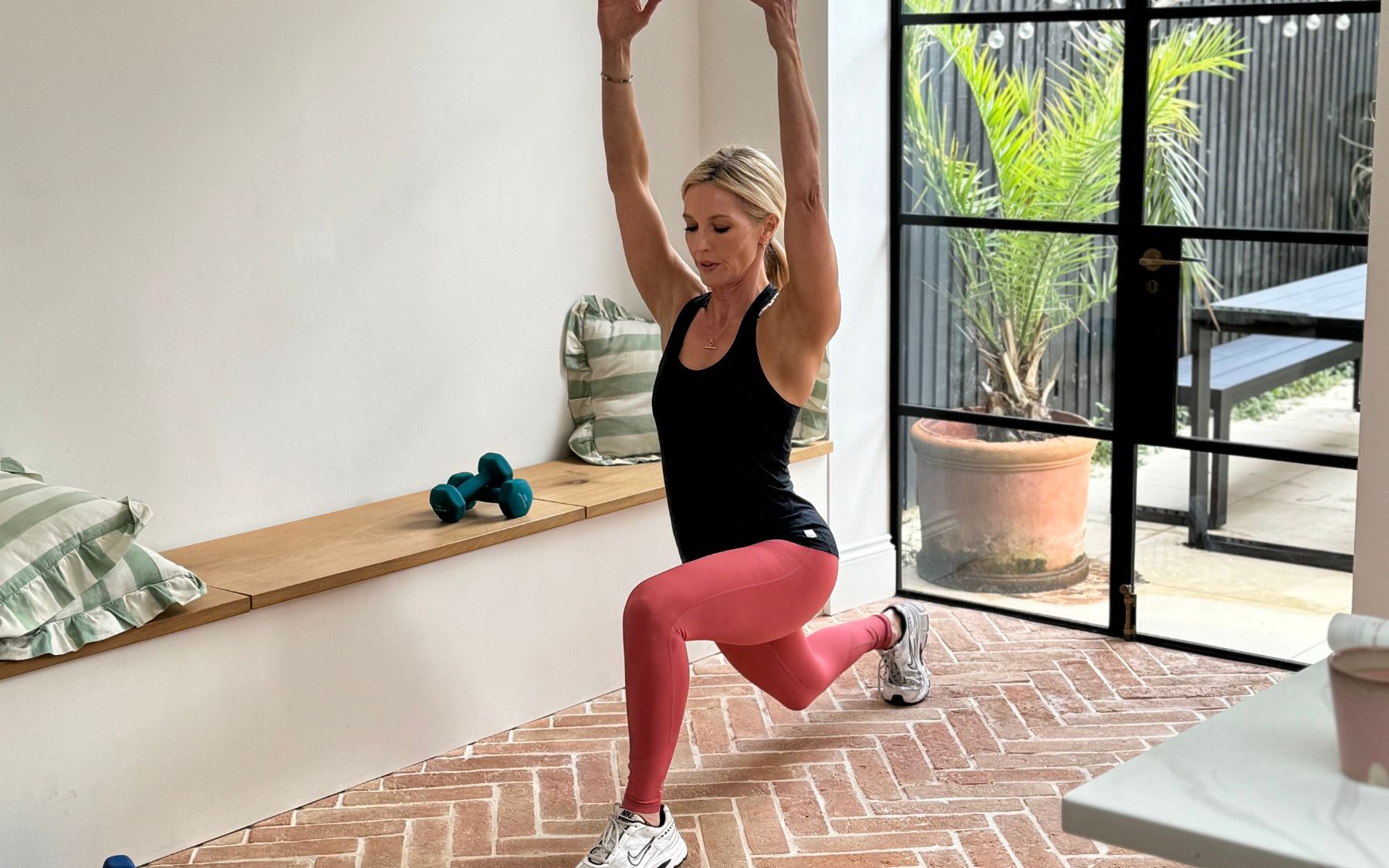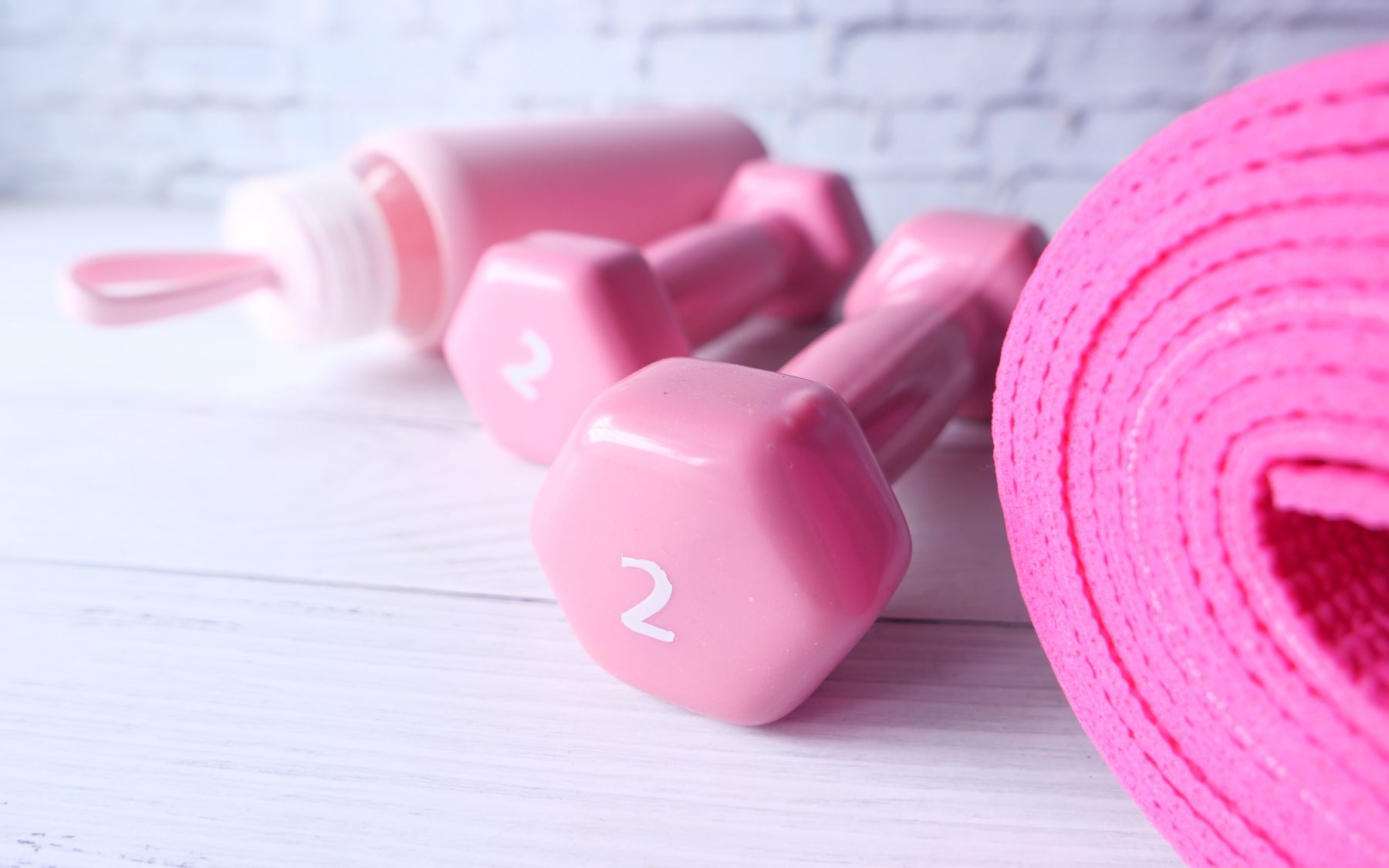The appropriate weight to lift, commonly referred to as the "right weight" or "working weight," depends on several factors, including your fitness goals, current strength level, and the specific exercise you're performing. I am often asked about what size of weight people should be lifting so hopefully this will help to clear up any confusion. Here are some general guidelines to help you determine an appropriate weight:
Repetition Range:
- The number of repetitions you're aiming for influences the weight you should lift.
- For purely strength building (low rep range, e.g., 1-6 reps), choose a weight that is challenging enough that you can only complete the desired number of repetitions with proper form.
- For muscle hypertrophy which focuses on building lean muscle, strength endurance and burn fat (moderate rep range, e.g., 8-12 reps), choose a weight that allows you to fatigue the muscles within the target rep range.
- For endurance (high rep range, e.g., 15+ reps), select a lighter weight that you can lift for the desired number of reps without excessive fatigue.
- Remember "Muscular strength is a sprint - muscular endurance is a marathon" for more about the difference between the two take a look at this blog.
Fatigue and Form:
- The weight you choose should lead to fatigue within the specified rep range, but it's crucial to prioritise proper form. If your form starts to break down, the weight is too heavy, and you may be at risk of injury.
Progression:
- As you become stronger, it's important to progressively increase the weight to continue challenging your muscles. Gradual progression helps promote ongoing improvements in strength and muscle development. Keep a track of your journey and write it down.
Individual Strength:
- Your individual strength level plays a role. A weight that is appropriate for one person may be too heavy or too light for another. Listen to your body and adjust accordingly.
Warm-Up Sets:
- Start with lighter weights for warm-up sets to prepare your muscles and joints for the heavier working sets. These warm-up sets help you gauge how your body is responding on a particular day.
Trial and Error:
- It may take some trial and error to find the right weight for each exercise. Begin with a moderate weight and adjust based on how challenging it feels. Don't be afraid to experiment and make adjustments as needed. You can always start one set with a certain weight and drop down or switch up on the next set if needed.
Remember, the key is to find a weight that challenges you within the desired rep range while allowing you to maintain proper form. Consistent, progressive resistance training, coupled with appropriate nutrition and recovery, is crucial for achieving strength and fitness goals.
The biggest piece of advice I can offer? Use the weights which are RIGHT for you! Don't compare what you are lifting with what your friend lifts or the person next to you at the gym. This can so easily lead to injury. I always recommend to start light, build up gradually and follow a structured program to achieve the goals you are looking for. YOUR goals! And whilst you can vary your programs you always need to be consistent. The key is to ensure that the weights are still a challenge - if they feel too easy then it is definitely time to switch things up.
Caroline’s Circuits workouts are 4 times a week for just 30 minutes. They are interval strength training circuits which work different muscle groups and challenge the body – they give the perfect mix of strength and cardio for the best results. Lifting weights is so important especially in midlife as we lose muscle mass and bone density from 35+ and especially post menopause.
The online workouts are Monday, Tuesday, Wednesday and Friday (they are all recorded and available to you immediately after the session if you can’t make them live). Classes have been specifically designed to suit all fitness levels and create fitness habits which last & which produce results.
Any questions as always please do get in touch!
Caroline x







